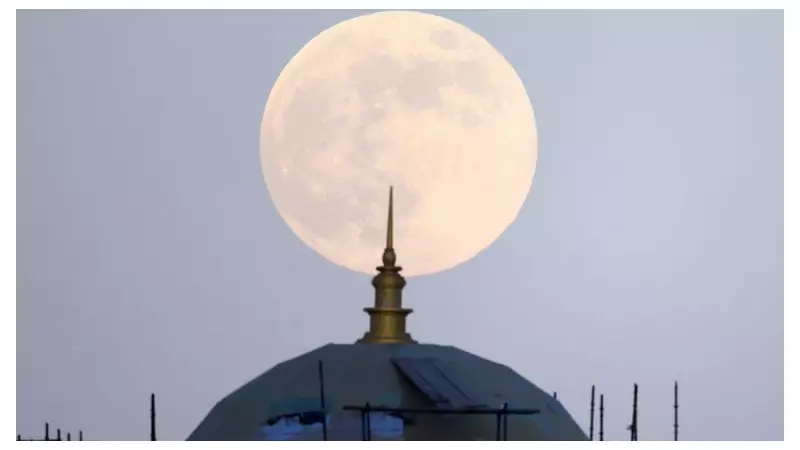
Skygazers across Britain are in for a breathtaking treat this weekend as the magnificent Beaver Supermoon graces our night skies, marking the most impressive lunar display of 2024.
What Makes This Supermoon So Special?
The Beaver Supermoon isn't just any full moon - it's a genuine celestial spectacle that will appear significantly larger and brighter than ordinary full moons. This occurs because the moon reaches its closest point to Earth in its elliptical orbit, known as perigee, while simultaneously being completely illuminated by the sun.
When to Catch the Celestial Show
Mark your calendars for Sunday evening, 17th November, when the supermoon will reach peak illumination. However, the moon will appear full to the naked eye throughout the entire weekend, from Saturday through Monday morning, giving you multiple opportunities to witness this astronomical marvel.
Prime Viewing Tips for UK Stargazers
- Timing is everything: For the most dramatic view, look east as the moon rises around sunset on Sunday evening. Watching the supermoon ascend above the horizon creates an optical illusion that makes it appear even more enormous.
- Location matters: Seek out dark sky areas away from city light pollution for optimal viewing. Rural locations, coastal areas, and elevated spots offer the clearest perspectives.
- No equipment needed: Unlike many astronomical events, the supermoon requires no special equipment. Your naked eye will capture its full glory, though binoculars can reveal fascinating lunar details.
- Weather watch: Keep an eye on local forecasts. Clear skies are essential, and November weather can be unpredictable across different UK regions.
The Fascinating Origins of the Name
This supermoon carries the distinctive name 'Beaver Moon', derived from Native American traditions that associated November's full moon with the time when beavers become particularly active building their winter dams. Some tribes also called it the 'Frost Moon', signalling the approach of winter's chill.
Why This Supermoon Stands Out
What sets supermoons apart is their proximity to Earth. During this event, the moon will be approximately 30,000 miles closer to our planet than at its farthest point. This reduced distance makes the lunar disc appear about 14% larger and 30% brighter than when the moon is at apogee (its most distant position).
This celestial event provides a perfect opportunity for photography enthusiasts, romantic evening walks, or simply taking a moment to appreciate the wonders of our universe from your own backyard.





